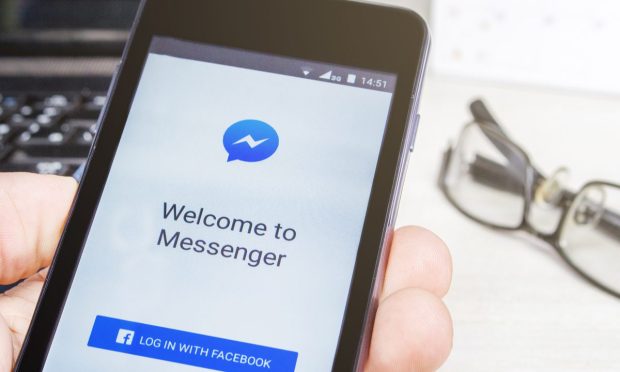Meta Adds ‘Calls’ Tab as Messenger Calls Jump 40%

In an apparent bid to address the rising use of Messenger for audio and video calls, Meta Platforms has added a new “Calls” tab to the function bar at the bottom of the app.
As Social Media Today reported Wednesday (June 1), the move comes as Messenger is reporting a rapid rise in the use of video and audio calling, with 40% more users making calls from the app now versus early 2020. More than 300 million audio and video calls are made using Messenger each day.
The report notes that the dedicated “Calls” button fosters more direct engagement and also expands on Messenger’s use.
At one point, the app had gotten fairly busy, leading Messenger chief David Marcus to pledge to get the app back to its simpler roots.
“Over the last two years, we built a lot of capabilities to find the features that continue to set us apart. A lot of them have found their product-market fit; some haven’t,” Marcus said in 2018. “While we raced to build these new features, the app became too cluttered. Expect to see us invest in massively simplifying and streamlining Messenger this year.”
Social Media Today says that led to the simplified and streamlined layout in Messenger users see today. As SMT’s Andrew Hutchinson writes, it’s a concession by Meta that people see Messenger as a messaging app and only a messaging app, which “was a blow for its broader plans to monetize messaging in a range of new ways.”
Read more: Facebook Pay to Be Rebranded Meta Pay
Last month, Meta announced it was renaming Facebook Pay — its payment system available across Facebook, Messenger, Instagram and WhatsApp — as Meta Pay.
“We’re focused on enhancing the payments experiences we already provide with Facebook Pay where we’re seeing good adoption,” wrote Stephane Kasriel, Meta’s head of commerce, in a blog post. “And with this, an emphasis on quality in the countries that we are already in, rather than expanding to new countries right now.”
Meta’s platforms are used by businesses in 160 countries, he wrote.
“We view this as a single wallet experience for people to use to represent who they are, what they own, and how they pay,” Kasriel said. “We’re in the very early stages of scoping out what a single wallet experience might look like and will have more to say further down the line.
